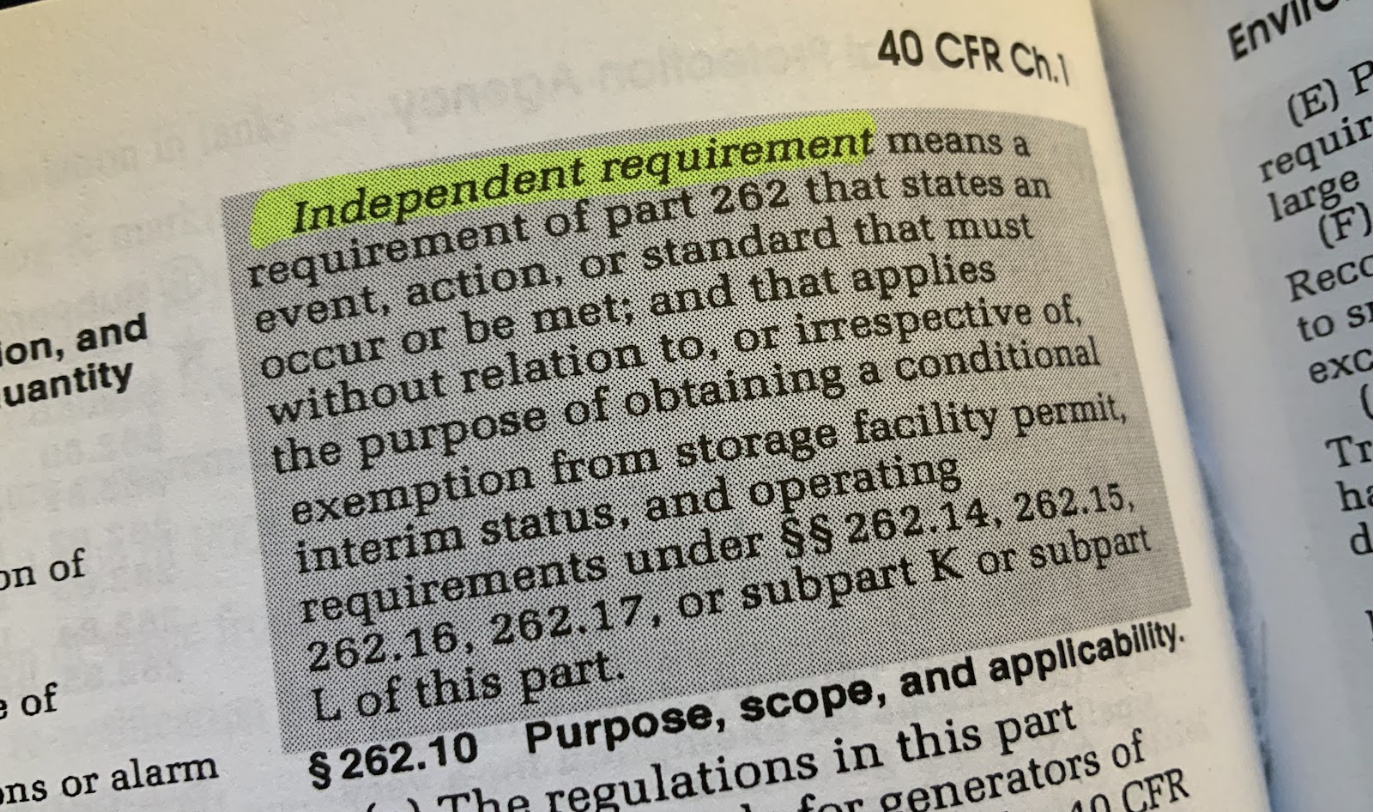There are 7 steps to making perfect coffee.
Step 1
Fresh roasted beans, less than 2 weeks old. Blonde roast coffee's shorter roasting time traps more of the bean’s flavor and bitterness.
Step 2
Water to coffee bean ratio from 1:18 for bold to 1:16 for mild, respectfully.
Step 3
Grinding determines suspended solids. Excessive grinding can create too much surface area.
Step 4
Pre-Rinse filter. Running hot water through the filter to release any fiber particles and pre-warm the coffee pot.
Step 5
Before first full pour, Bloom your grounds with hot water by thoroughly soaking your dry grounds for 60 seconds to release carbon dioxide (CO2) bubbles.
Step 6
Use a coffee kettle with a small spout. Agitate for bolder flavor.
Step 7
Pour until the filter is three quarters full from center to rim. Second, pour from rim to center. Remove the filter promptly. Enjoy!
THE PERFECT DOT HAZARDOUS MATERIAL AND EPA WASTE SHIPMENT
Step 1
Classify your material’s numerical hazard class, packaging group and subsidiary hazard class labels using DOT 49 CFR 173.2 and…
Step 2
Identification, once the material is classified, then identify under one of the four proper shipping names; Pure chemical, End-use, Specific N.O.S. or Generic N.O.S. in 172.101(c) and 172.200.
Step 3
Select the correct packaging using the Special Provisions in 172.101(h) and Packaging Authorization in 172.101(i).
Step 4
Mark, label and placard the proper shipping names and the UN identification numbers, then follow up with the diamond shaped hazard class labels and placards as foretold in 172.300, 172.400 and 172.500 respectively.
Step 5
Fill out the shipping description on the hazardous materials shipping paper and sign the shipper certification as required by 172.200 Shipping Papers.
Step 6
Emergency response information for the hazardous material shipment. Make up your own form, use a Safety Data Sheet (SDS), or any document to cross-references the required information, in 172.600.
Step 7
The most important step to a perfect hazardous material or waste shipment; the four levels of training, testing and certification required for all hazmat employees: General Awareness, Function Specific, Safety, and Security Training in 172.700.
I would definitely make that perfect cup of coffee before preparing the perfect hazmat shipment. If you have any questions, concerns, comments or input, we are always willing to listen. Hazmat.tsp@gmail.com.
The Hazardous Materials, Substances and Wastes Compliance Seminars start September 27, 2023, sign up now to avoid a price increase.
Also available for pre-order, the New 2023/2024 Hazardous Materials, Substances and Wastes Compliance Guide, Coming September 2023.
Robert J. Keegan
Publisher and President
Hazardous Materials Publishing Company.
Transportation Skills Programs, Inc.
hazmat.tsp@gmail.com
Text 610-587-3978











